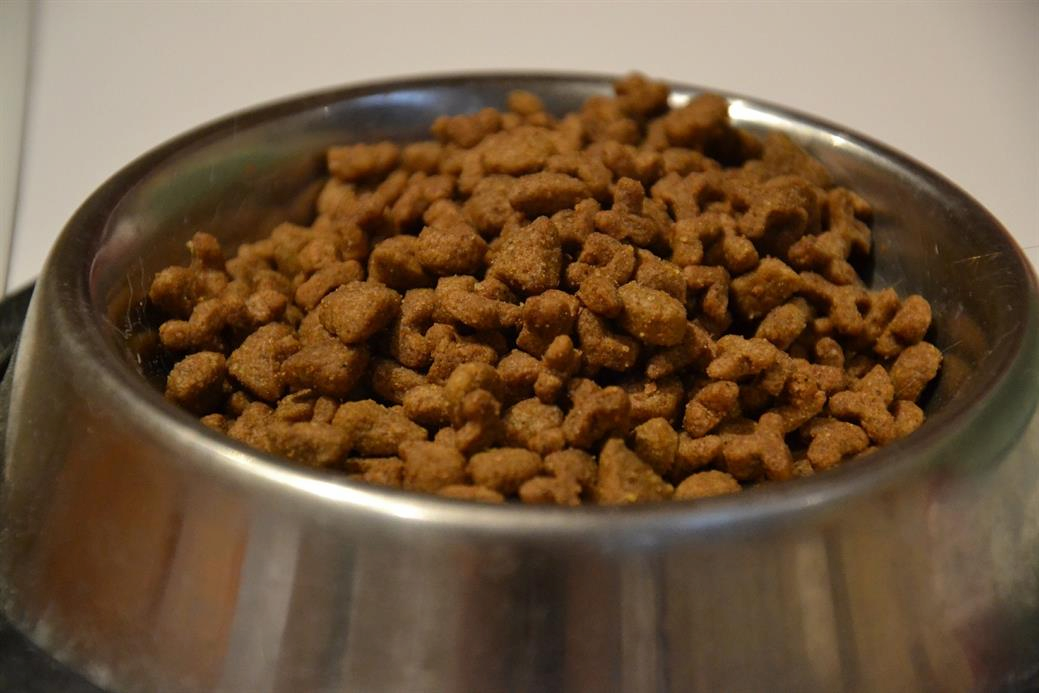How to choose a pet food

With so many different foods on the market at different price points, how do you choose a food?
Here are some guidelines to help you choose the right product for your pet.
Consider your pet’s activity level and weight
Although many foods on the market today are “all life stage”, you may need to choose a food that is designed to meet specific requirements.
As an example, an overweight pet may need a food with fewer calories, particularly if lessening the existing food is not an option. In this
case, you may feed the same volume, but your pet will be getting less calories.
Select a protein source
Lamb, chicken or fish, which one do you choose? Although lamb has gained popularity as a “hypoallergenic” diet, pets acquire allergies based on exposure. In choosing a food that is suitable for allergies, choose a protein source that the pet has not eaten before. If you are not sure, go with something obscure, such as salmon or venison. Any protein source for the non allergic pet is suitable, provided it is a named meat or fish-based protein source, such as chicken or salmon. Below we discuss the quality of proteins based on their “biological value”.
Look at the ingredients
When you are looking for a healthy food for your pet, reviewing the list of ingredients on the back of the bag is a good place to start. By
law, pet food labels must list their ingredients by weight. Look for a named meat/fish or meat/fish meal as the first ingredient, i.e.
turkey, duck, chicken meal, salmon meal. Avoid meat “by-products” as these have a lower nutritional value than named muscle meats. Species
specific meats or meals all have a high biological value, which means they have a high percentage of protein in the form of digestible,
usable amino acids.
Some economy brands of pet food are made from inexpensive ingredients, mostly by-products, that are not fit for human consumption, and therefore, are harder for your pet to digest and get their nutrition from. While they may technically meet the legal specifications for percentages of protein, fat, carbohydrates etc., these foods use lower-grade proteins and have lower energy values. Because of this, many health-building nutrients may pass right through your pet’s system without being absorbed. It also means that you have to feed larger amounts of that lower quality food to provide your pet with the same nutrition as a smaller amount of premium food. When you compare the cost of these foods on a per-serving basis, and realise how quickly you go through a bag, economy foods may actually cost more in the long run.
Extras to look for
Always choose a food that has a balanced Omega 3/6 ratio. Look under the guaranteed analysis for this information, or somewhere on the packaging. Some examples of great Omega 3 & 6 sources are Salmon Oil, Coconut Oil, Flax Oil, and Canola Oil.
There are many ways to preserve a food naturally. Look for these natural preservatives, Vitamin C, Vitamin E, or Rosemary.
As well, chelated minerals, pre/probiotics, and Glucosamine and Chondroitin are important additives.

